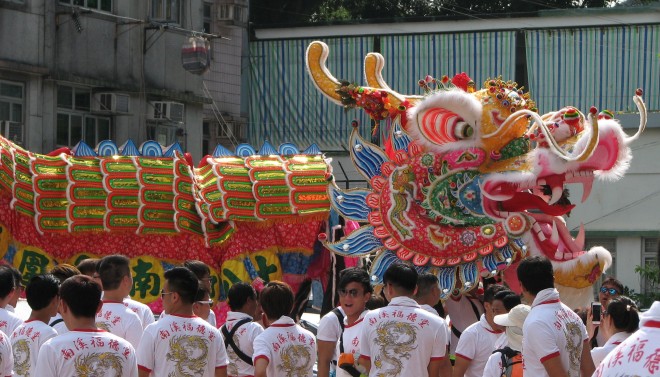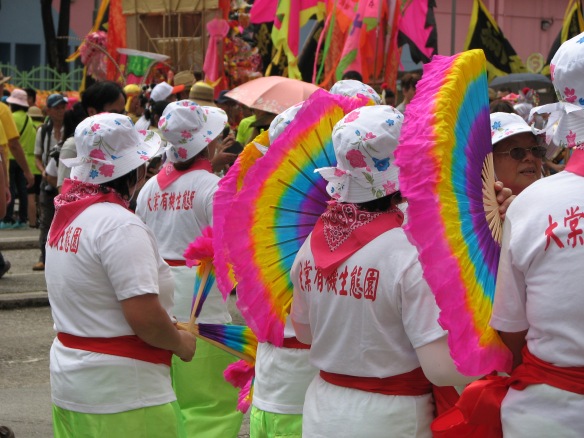The spring equinox arrives tomorrow. In honor of the turning of the seasons I give you the post I wrote after visiting the Arctic Circle. – Jadi
For 14 years my husband spent half of every winter up in northern Sweden, working on a frozen lake. The engineers flew up for 2-week stints, leaving home on Mondays and returning two weeks later on a Friday evening charter flight.
The very last year that Uwe did this stint, his company began to allow family members to take advantage of the flights. At the end of March 2001, on the vernal equinox, I flew up to meet Uwe in the region broadly known as Lappland.

My flight was delayed while President Putin flew through European airspace back to Russia. By the time I arrived it was close to midnight, and we had to drive an hour further north to reach Arjeplog. It was a bitterly cold -22° and on either side of the deserted road the snow piles loomed. But we kept stopping the car to get out – the Northern Lights were dancing in the heavens! So far north, surrounded by nothing but woods and the glittering of stars, the aurora borealis played across the horizen.
I heard a weird background swishing noise underneath the sound of my heart beat. I was listening to the borealis. As I stood on the frigid road my optic nerves took pictures of the Northern Lights. It was so quiet that the part of my brain which processes sound picked up signals leaking out from the images. Early explorers in the Arctic Circle reported this experience. (They discovered when they put their hands over their eyes, the sounds went away.)
The Lights are caused by disturbance in the magnetic field of the earth’s poles. Energy generated by solar winds is hurled from the sun at incredibly high speeds. The solar winds get stopped when they hit the magnetic field. Electrons and atoms from the windstorms collide, and that creates the lights.
In some parts of Sweden and Norway, people earlier described the aurora borealis as the reflection of Silleblixt, millions of herring swimming in the sea. The Eskimos have a legend about the Northern Lights. They think the aurora borealis lights up the trail of the afterlife. This is a dangerous, narrow path that souls must take when they leave dead bodies and head to heaven.
Some cultures mention the lights as dancers in the heavens. Scotsmen call the Northern Lights ‘Merry Dancers’. In the Middle Ages, if people saw the Northern Lights and they contained red, it meant a war was starting somewhere in the world. The red color was death and the blood being spilled in battles. I just saw different shades of white lights and no other colors in the spectrum. And I definitely thought they were alive, like dancers.
The next day we drove north and officially crossed into the Arctic Circle. The trees ended altogether and the landscape beyond this point was a dome of snow meeting an azure sky.

The Swedes refer to this time of year as winter-spring, the 5thand most beautiful season of all. I made a snow angel

and spotted a rare Arctic white ptarmigan. We drove past spots on the deserted roads where black garbage bags hung dark against the snow. These are a signal for drivers that a herd of reindeer is grazing somewhere nearby.
That weekend is the only time I have seen the Northern Lights. They have danced in my memories ever since.
NOTES: © Jadi Campbell 2024. Previously published as It Was a Bitterly Cold – 22°. To see Uwe’s photos from our trips go to viewpics.de.
My books are Broken In: A Novel in Stories, Tsunami Cowboys, Grounded, and The Trail Back Out.
Tsunami Cowboys was longlisted for the 2019 ScreenCraft Cinematic Book Award. Broken In: A Novel in Stories was semifinalist for the international 2020 Hawk Mountain Short Story Collection Award from Hidden River Arts and Finalist for Greece’s 2021 Eyelands Book of the Year Award (Short Stories). The Trail Back Out was the 2023 San Francisco Book Festival Winner for General Fiction, American Book Fest 2020 Best Book Award Finalist: Fiction Anthologies, Runner-Up for the 2021 Top Shelf Award, 2021 IAN Book of the Year Award Short Story Collection Finalist, and awarded a 2021 Wishing Shelf Red Ribbon. The title story The Trail Back Out was longlisted for the 2021 ScreenCraft Cinematic Short Story Award.
Click here for my author page to learn more about me and purchase my books.





































































